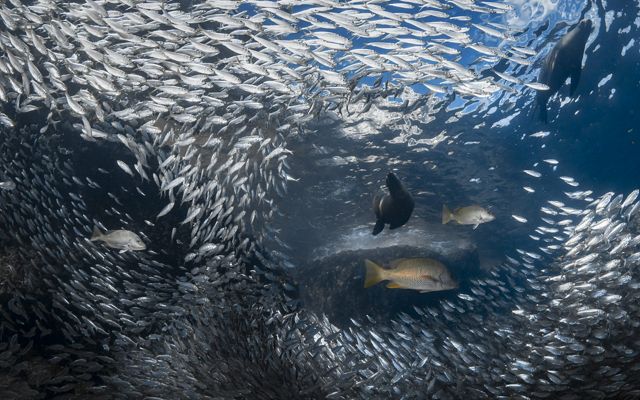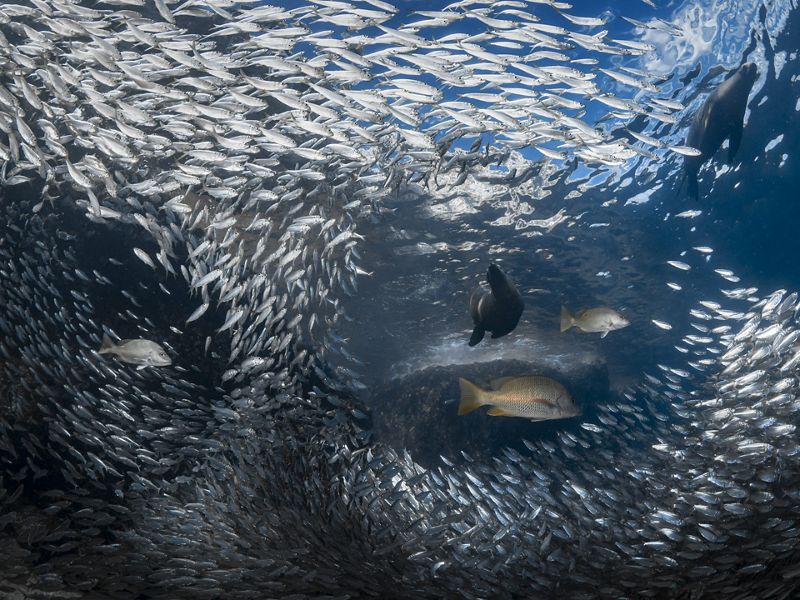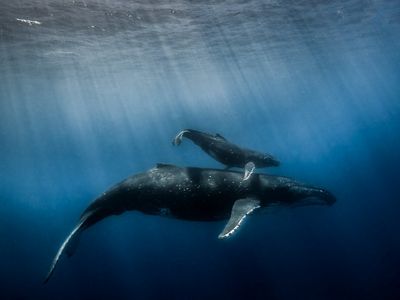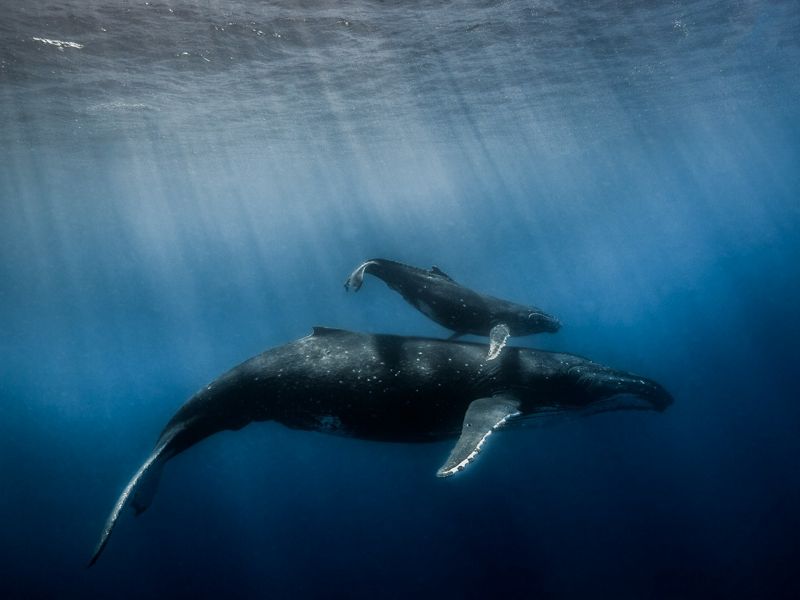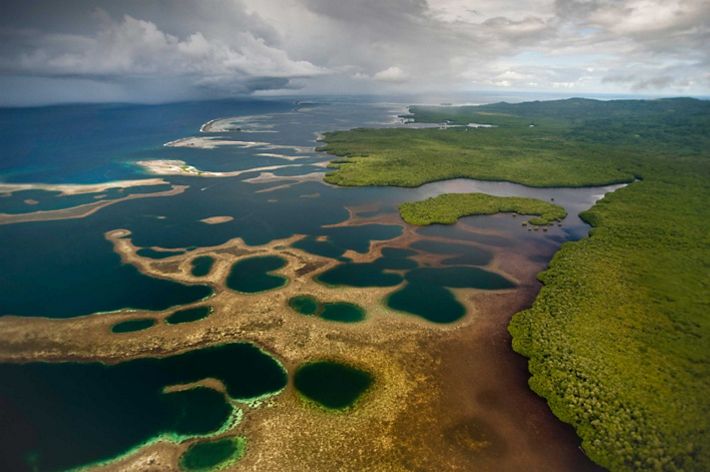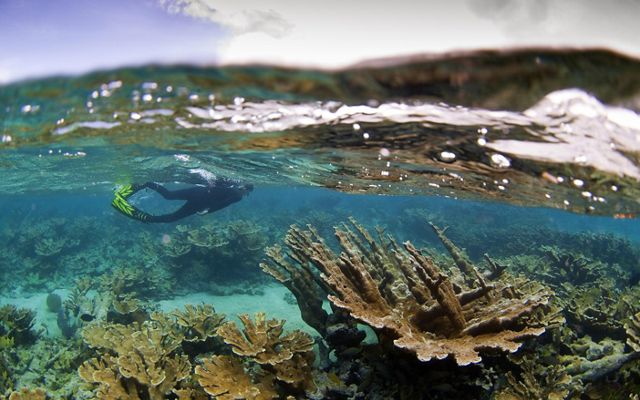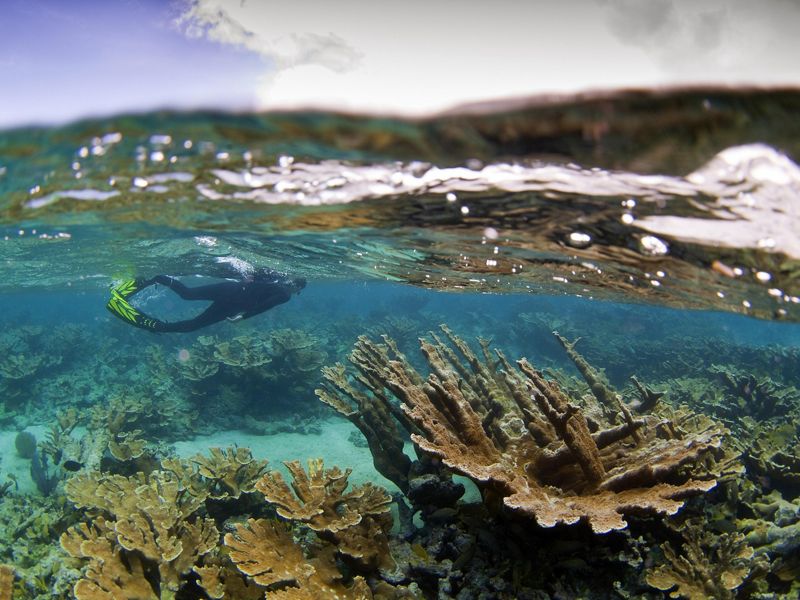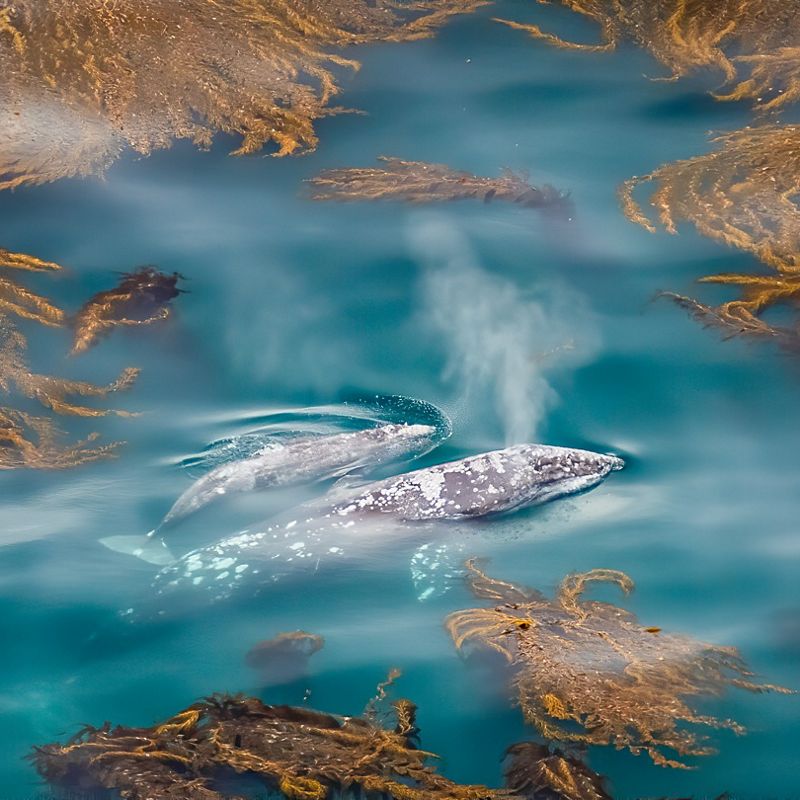
A New Era for Ocean Protection
60 countries ratify the High Seas Treaty—a historic milestone for marine conservation and global ocean governance.
In a landmark moment for the planet, 60 countries have officially ratified the High Seas Treaty, unlocking a new era of international cooperation to protect nearly half the Earth’s surface. This historic agreement—formally known as the Agreement under the United Nations Convention on the Law of the Sea on the Conservation and Sustainable Use of Marine Biological Diversity of Areas beyond National Jurisdiction (BBNJ), or the High Seas Treaty—establishes a comprehensive legal framework to safeguard marine biodiversity in areas beyond national jurisdiction.
Quote: Jennifer Morris
The ratification of the High Seas Treaty is not merely a milestone—it is a defining moment for the future of all life on Earth. Protecting our planet hinges on binding protections of international waters—without them, global 30x30 targets slip beyond reach.
These vast stretches of ocean, known as the high seas, cover around two-thirds of the global ocean and are home to an estimated 10 million species—many of which remain unidentified. International waters also serve as vital migratory corridors for whales, tuna and other important species. Yet, despite their ecological importance, the high seas have long suffered from fragmented governance, weak regulation, and limited enforcement. The ratification of the High Seas Treaty marks a turning point in how the world stewards the vast, shared spaces of our global ocean.
A Defining Moment for Global Ocean Governance
Entering into force 120 days after 60 ratifications, the High Seas Treaty lays the groundwork for a more unified and effective approach to global ocean governance. It empowers countries to work together to protect biodiversity, regulate harmful activities, and ensure responsible development in areas beyond national jurisdiction. The Agreement includes provisions for environmental impact assessments for ocean development and equitable sharing of benefits from marine genetic resources. These mechanisms are essential for closing long-standing governance gaps and ensuring that conservation efforts are both inclusive and effective.
Crucially, the Agreement also enables the creation of Marine Protected Areas (MPAs) in the high seas, where formal protections are currently limited. MPAs are essential for maintaining healthy, resilient ecosystems that support biodiversity, climate stability, and economic development. The Nature Conservancy has long championed the establishment, expansion, and effective management of MPAs around the world, demonstrating their effectiveness in safeguarding marine life and supporting coastal communities.
For example, in The Bahamas, TNC has supported the development of a network of MPAs that protect critical habitats for coral reefs, sea turtles, and economically important fish species. Along the coast of British Columbia, Canada, the Great Bear Sea is home to the largest Indigenous co-governed MPA network in the world, a partnership between First Nations and federal and provincial governments to improve management for ecologically rich marine environments while honoring cultural heritage and traditional stewardship.
Marine Protected Areas
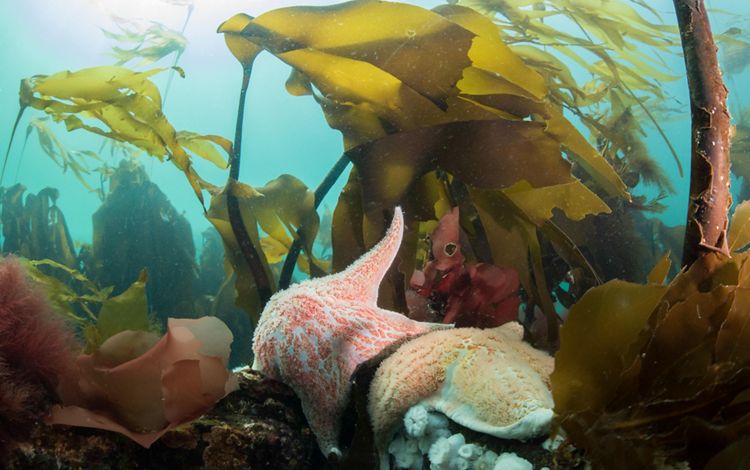


To date, many MPA networks have been limited to national waters, leaving a gap in protection where national boundaries end—but biodiversity does not. Migratory species like whales and tuna, as well as chains of seamounts and deep-sea ecosystems, span across national and international jurisdictions.
Quote: Andreas Hansen
The High Seas Treaty offers the opportunity to create representative and connected networks of MPAs that transcend borders, supporting ecological continuity and resilience across entire ocean systems. This is a critical step toward achieving durable, science-based ocean conservation at scale.
These efforts build momentum and progress toward protecting 30% of the global ocean by 2030, a key target of the Global Biodiversity Framework. With the ratification of the High Seas Treaty, the path to achieving this goal is clearer—and more attainable—than ever before.
Turning Agreement into Action
While the High Seas Treaty has reached the threshold to enter into force, its success depends on broad and swift ratification by all UN member states. More signatories mean stronger coordination with existing ocean management bodies and more robust enforcement of conservation measures.
As a member of the High Seas Alliance, TNC has been a vocal advocate for the Agreement’s ratification. TNC urges remaining UN member states to swiftly join this global effort and help ensure the Agreement’s full implementation.
This agreement is a monumental step forward—but it is just the beginning. It provides the foundation for protecting the high seas, yet the real work lies ahead: translating and implementing this global consensus into meaningful, lasting change.
The ocean’s future is our future.
Sign up for TNC’s Global Insights newsletter to learn how we’re conserving the ocean.
Sign Up